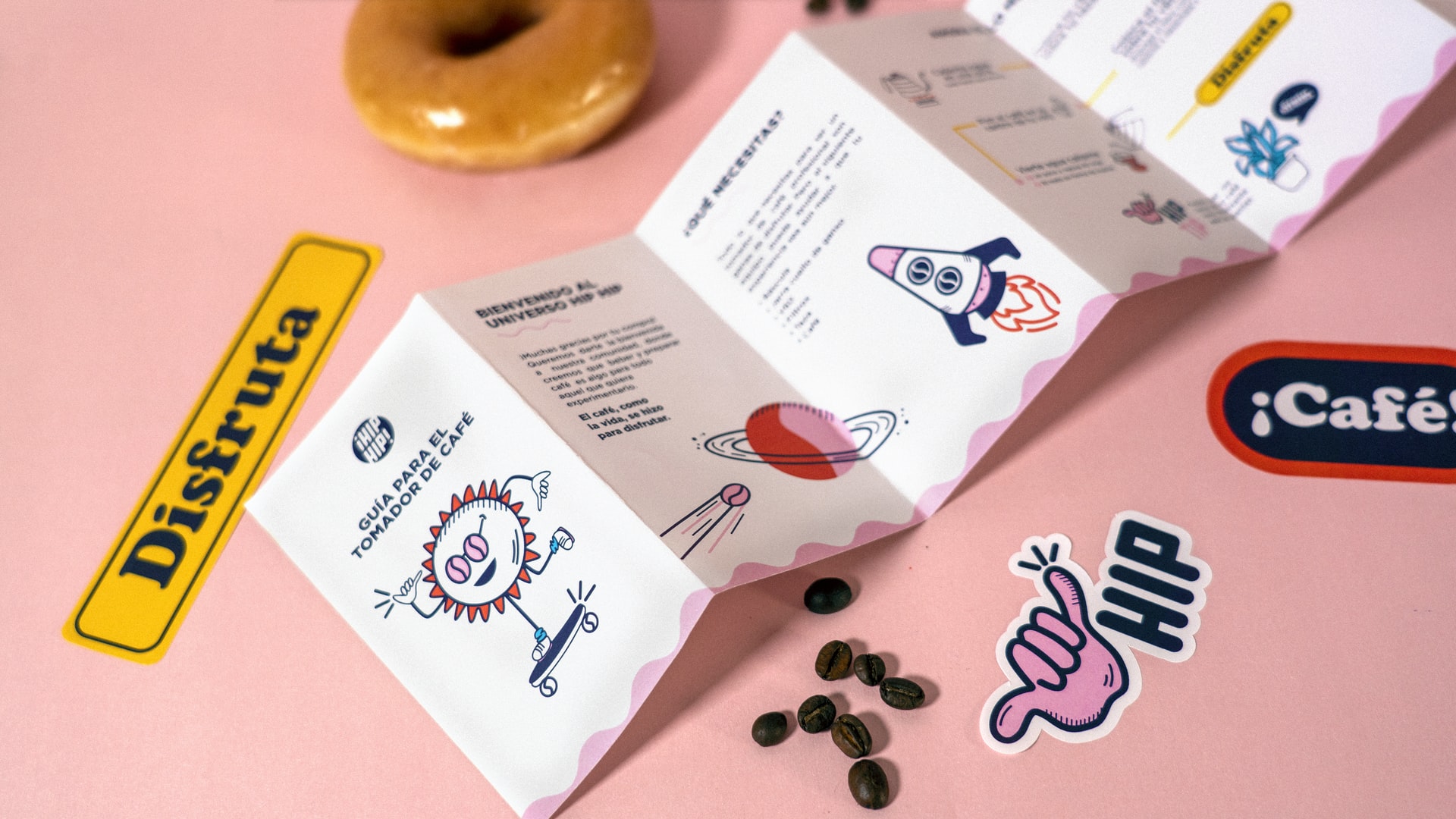With millions of people online fighting for your attention, a negative first impression can be difficult to overcome. Within 0.1 seconds of seeing a face in a photograph, people generate judgments about the person's likeability, trustworthiness, competency and attractiveness. What impression will customers have of your brand in the first 0.1 seconds of seeing it?
A strong visual representation of your firm would help with that reaction time," Leonard Kim, a marketing consultant, noted. Your brand may be associated with low quality, unreliability, or even dishonesty." "
A strong
visual identity is obvious, but what is a visual identity? Making one is easy.
Understanding a brand's visual identity
Your logo, graphics, typography, colours, and creative design are part of your visual brand identity. It's simple enough to list them all, but how can you get to the heart of how these characteristics express to your customers who you are, what you stand for, and why they should be devoted to you?
Branding specialists Kim, David Brier and Ben Matthews from Rising Above the Noise and Adobe Spark, a one-stop-shop for generating visual stories, answered our questions.
According to Matthews, this is what sets your brand apart, who has worked at LG, eBay, and now Adobe as a visual identity expert. He defined visual identity as "the walk, the talk, the dress, and the hair" of a brand's representatives. What kind of persona does your brand project as it walks down the street? Does it flaunt its long blonde locks and a peacock feather jacket, or does it take a more reserved approach? A peacock character might have struck you as playful, while the suit's precise look might have been professional. That's the power of the first impression in action.
If you're starting from scratch with your visual identity, Matthews advises looking for ideas all across the place. Take a few photos. Gather postcards, Make a mood board on Pinterest and share it with your friends. Because so much value exists in the world, you don't need to start from scratch. Make a list of the things you appreciate and dislike about current brands.
According to him, "knowing your audience is crucial." Define your message, and keep referring back to your underlying beliefs.
He said that starting with what you know and feel passionate about and allowing your brand to grow from that foundation is the key. Matthews remarked, "Even if it's just your name in a simple typeface, you can expand from there." Symbols and icons can be added to your visual identity later. Giving your brand some time to develop its voice, direction, and ultimate objective may be beneficial from time to time.
It's fine to be ambitious and absorb all of the intricate and detailed logos out there, but remember that in the end, you only need a starting point." In terms of colour, typeface, or even simply a symbol, that might be a consistent representation of yourself. Your brand should be powerful and effective while still simple, so ask yourself that question. It's important to always keep your brand's objective at the forefront of everything you do while creating your visual identity.
Set Clear Goals for Your Brand
Learning to communicate your company's principles and personality through the visual components you use is important for developing your brand. "The visual design should amplify the brand's intended message so that you want to learn more and follow along with the tale." As a result, the narrative should persuade clients to do business with your company," Kim stated.
Branding elements such as your company logo, colour schemes, typefaces, and artwork form the basis of your visual identity.
According to Kim, using the right hues for the message you want to get through is critical. Black, gold, and silver may be appropriate for high-end product promotion. For a financial offering, greens and golds could be an option."
Your logo should be memorable and reflect what your company does, Kim said, adding that it should have an image that lingers in the minds of those who view it. Creating a logo that reflects your brand's colours, fonts, and overall design is possible, and your logo can also evolve along with your brand.
In addition to the words themselves, the typeface, size, and placement of your text all contribute to your brand's overall look and feel. Grieving people will be perplexed if a funeral home chooses a comic-style typeface in a bright pink colour. Facebook and Apple, two of the most well-known businesses globally, tend to keep things simple, Matthews added.


